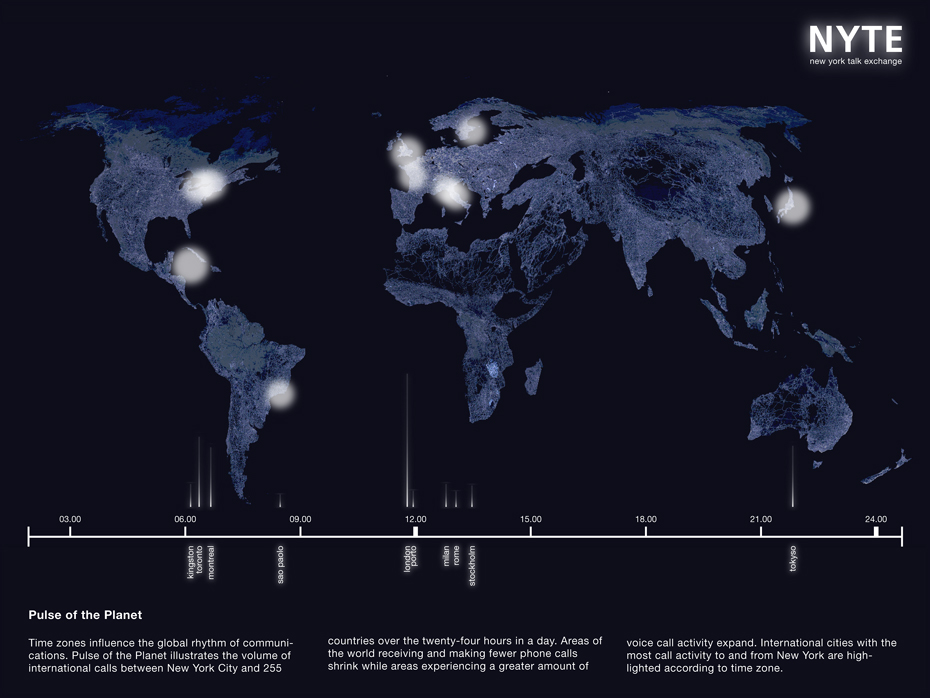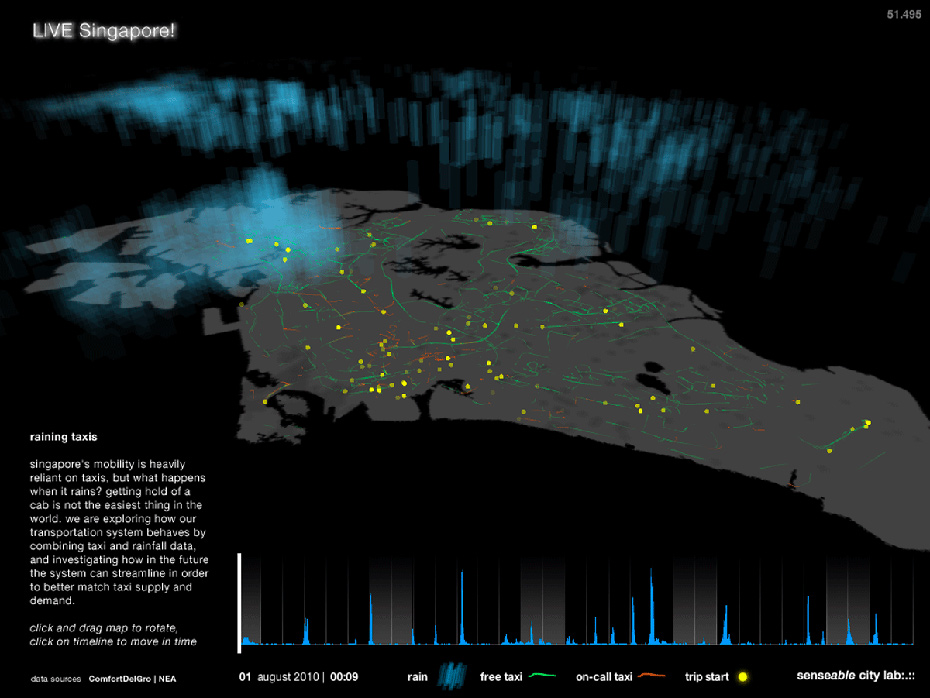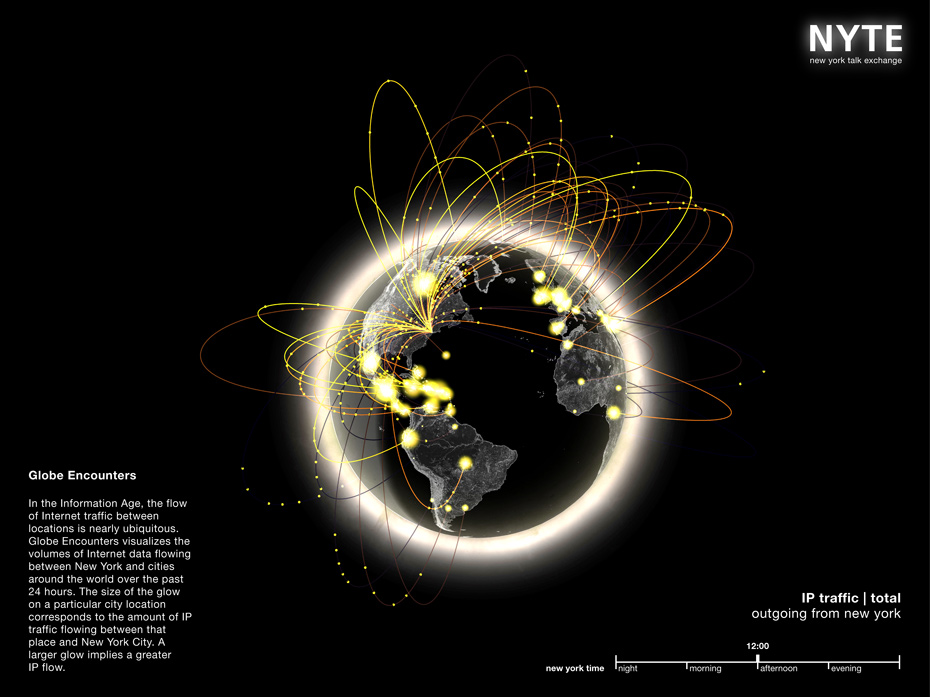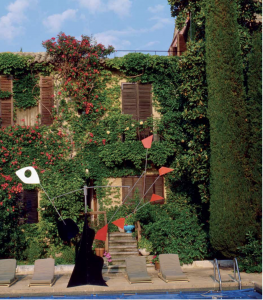Eleonora Usseglio-Prinsi talks to the Italian architect about his technological profiling of our cities and his work at MIT

Infographic diagrams SENSEable City Lab
If we want to represent our cities today, perhaps the best portrait would be one of thick wires of connection, links and intersections. Technological innovation hasn’t just changed our lives, it’s completely changed our perception of “the city” itself. Daily, through our personal devices – mobile phones, iPads, laptops – we produce huge quantities of information, that when conveniently analysed create one of the most powerful vehicles for reshaping urban organisation. To this end, I interviewed Carlo Ratti in order to understand how and why we’re unconsciously tied to this wire of information that’s changing the designs of our cities. Listed by Forbes in 2011 as one of the “Names You Need to Know” list, Carlo Ratti is a partner in Carlo Ratti Associati architectural studio, based in Turin and Director of SENSEable City laboratory at MIT, where he studies how everyday our smartphones and tablets are becoming the strongest means of controlling life in the city.

Eleonora Usseglio-Prinsi: What is a SENSEable City?
Carlo Ratti: A city that uses technology to better respond to citizens. The idea is easily explained: what is happening on an urban scale today is similar to what happened two decades ago in Formula One racing. Up to that point, success on the circuit was primarily credited to a car’s mechanics and the driver’s capabilities. But then telemetry technology blossomed. The car was transformed into a computer that was monitored in real time by thousands of sensors, becoming “intelligent” and better able to respond to the conditions of the race. In a similar way, over the past decade digital technologies have begun to blanket our cities, forming the backbone of a large, intelligent infrastructure. Broadband, fiber-optic and wireless telecommunications grids are supporting mobile phones, smartphones and tablets that are increasingly affordable. At the same time, open databases – especially from the government – that people can read and add to are revealing all kinds of information, and public kiosks and displays are helping literate and illiterate people access it. Add to this foundation a relentlessly growing network of sensors and digital-control technologies, all tied together by cheap, powerful computers, and our cities are quickly becoming like “computers in open air.”

Eleonora: What’s your favourite city, and why?
Carlo: Taking inspiration from Georges Perec’s ideal home – split across all the arrondissements of Paris – I would say that my ideal city has the climate of Naples, the topography of Cape Town, the fusion cooking of Sydney, the architecture of Manhattan, the frenzy of Hong Kong and the exuberant nightlife of Rio de Janeiro!
Ele: Working from the idea that technologies are involved more and more in our everyday lives, isn’t there a risk that we could lose contact with reality – and each other – especially within city environments?
Carlo: I believe this is not all about technology – it is about people, and about how technology can support us in creating more environmentally friendly and sociable cities. In the end people, or citizens, should always be at the centre.
Rather than focusing on the installation and control of network hardware, city governments, technology companies and their urban-planning advisers can exploit a more ground-up approach to creating even smarter cities in which people become the agents of change.

With proper technical-support structures, the populace can tackle problems such as energy use, traffic congestion, health care and education more effectively than centralised approaches dictate. Residents of wired cities can use their distributed intelligence to fashion new community activities, as well as a new kind of citizen activism.
Here’s an example: for a few years now, many municipalities offer telephone hotlines reached by dialling 311 that give citizens rapid access to city government information and services, as well as the ability to file reports about everyday issues that affect them. These systems are evolving into app-controlled Wiki-like information repositories that allow citizens to team up and help themselves.
Ele: Are your projects solving problems and providing solutions just for “rich” cities? Or is there a way to extend the same concept to locations where technology (even simple smart phones) are not affordable to the vast majority of citizens?
Carlo: Clearly, we need to be aware of the digital divide. Some of these technologies are not yet accessible or used by all. However, it is encouraging to see that for many technologies, such as mobile phones, the divide is rapidly disappearing all across the planet (we will soon have more cellphones than people). We are detecting more and more encouraging signs of leapfrogging – with those who were behind jumping ahead.
Ele: How do you envision our cities developing in the next 50 years?
Carlo: At first glance, the city of tomorrow will not be so different from the city of today. As for the Romans 2000 years ago, we will still need horizontal planes and windows. However, due to new forms of sharing information, our lifestyle will be incredibly different – this will be the great challenge facing tomorrow’s architects and designers!
Read more about Carlo Ratti’s architectural practice and SENSEable City Lab




